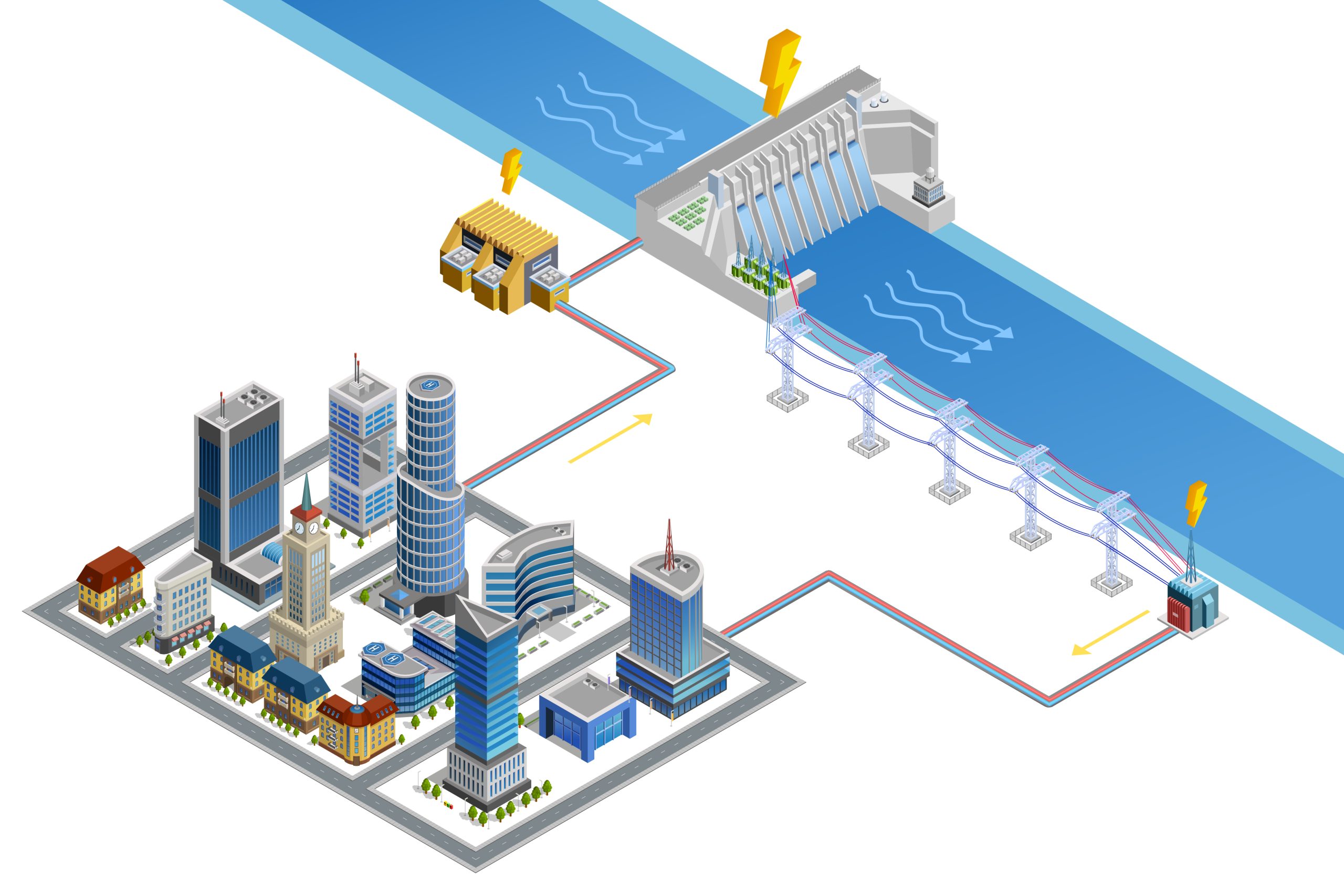Introduction Mezzanines are functional and versatile spaces. They provide better ventilation and lighting to a house. And extends the visual

Water scarcity and environmental sustainability are critical challenges in today’s world. As urbanization continues to grow, buildings consume vast amounts of water, putting pressure on natural resources. Rainwater harvesting, combined with efficient Mechanical, Electrical, and Plumbing (MEP) engineering, offers an innovative solution to reduce water demand and contribute to a sustainable future.
In this article, we will explore how rainwater harvesting integrates with MEP systems to create water-efficient buildings. We will also highlight how InnoDez, a leader in MEP design, delivers cutting-edge rainwater harvesting solutions that align with sustainability goals.
Rainwater harvesting involves collecting, storing, and utilizing rainwater for various applications. It reduces reliance on municipal water supplies, decreases runoff that contributes to urban flooding, and promotes water conservation.
When integrated with MEP systems, rainwater harvesting becomes a seamless part of a building’s water management strategy, supporting applications such as irrigation, flushing toilets, and cooling towers.
Buildings account for a significant portion of urban water usage. Rainwater harvesting and MEP Engineering reduces demand on potable water supplies, helping conserve this vital resource.
By utilizing harvested rainwater for non-potable uses, buildings can lower water bills and reduce reliance on costly municipal water.
Rainwater harvesting minimizes runoff, reducing the strain on drainage systems and preventing urban flooding.
Rainwater harvesting reduces energy consumption associated with treating and transporting municipal water, contributing to a lower carbon footprint.
InnoDez’s Contribution: InnoDez designs rainwater harvesting systems that maximize efficiency and sustainability, ensuring buildings meet LEED and other green certification standards.
Integrating rainwater harvesting into building systems requires meticulous MEP design. MEP engineers play a pivotal role in ensuring the system is efficient, reliable, and compliant with regulations.
The mechanical components of rainwater harvesting systems include pumps, filtration units, and pressure-regulating devices. MEP engineers design these systems to ensure consistent water flow and quality.
InnoDez’s Approach: InnoDez uses advanced modeling tools to optimize mechanical systems, ensuring rainwater harvesting systems operate efficiently and sustainably.
Plumbing systems connect rainwater harvesting systems to various end uses, such as irrigation, toilet flushing, or cooling systems.
InnoDez’s Expertise: InnoDez excels in designing plumbing networks that seamlessly integrate rainwater harvesting with existing systems, ensuring compliance with the International Plumbing Code (IPC).
The electrical systems in rainwater harvesting solutions control pumps, sensors, and monitoring devices. Automation enhances system efficiency and reduces operational costs.
InnoDez’s Innovations: InnoDez incorporates IoT-enabled electrical systems, allowing real-time monitoring and remote control of rainwater harvesting components.
Rainwater harvesting can also support fire protection systems in buildings by providing a supplementary water source for sprinkler systems.
InnoDez’s Integration: InnoDez integrates rainwater harvesting with fire protection systems, enhancing safety while promoting sustainability.
While rainwater harvesting offers numerous benefits, integrating these systems with MEP designs poses challenges:
High-density urban areas often have limited space for storage tanks and system components.
Harvested rainwater may contain debris, chemicals, or pathogens, requiring thorough filtration and treatment.
Building codes and regulations for rainwater harvesting vary by region, requiring careful consideration during design.
Initial installation costs can be high, necessitating a focus on long-term savings and return on investment.
InnoDez’s Solutions: InnoDez addresses these challenges through innovative designs, cost-effective solutions, and a deep understanding of regional codes and standards.
InnoDez designed a rainwater harvesting system for a high-rise office building in Los Angeles, incorporating:
The system reduced municipal water usage by 40%, earning the building LEED Platinum certification.
For a residential development in Florida, InnoDez implemented:
This project not only reduced water consumption but also supported stormwater management in the flood-prone region.
As technology and environmental awareness evolve, the future of rainwater harvesting in MEP design includes:
IoT and AI technologies will enhance the automation, monitoring, and efficiency of rainwater harvesting systems.
Modular, prefabricated rainwater harvesting units will simplify installation and reduce costs.
Buildings will aim to recycle and reuse all water on-site, achieving complete water self-sufficiency.
Integrating rainwater harvesting with green infrastructure will enhance urban sustainability.
InnoDez’s Vision: InnoDez is at the forefront of adopting these trends, ensuring their designs remain innovative and future-proof.
Rainwater harvesting is a vital component of sustainable building design, reducing water consumption, managing stormwater, and promoting environmental stewardship. When integrated with efficient MEP systems, it becomes a powerful tool for achieving green building certifications and reducing operational costs.
InnoDez, a leader in MEP design, excels in creating customized rainwater harvesting solutions that align with modern sustainability goals. By combining expertise, innovation, and a commitment to excellence, InnoDez empowers developers and architects to transform their buildings into water-efficient, eco-friendly spaces.
Contact InnoDez today to discover how rainwater harvesting can enhance your building’s sustainability and performance.
About Author
Xhuljo Jakup